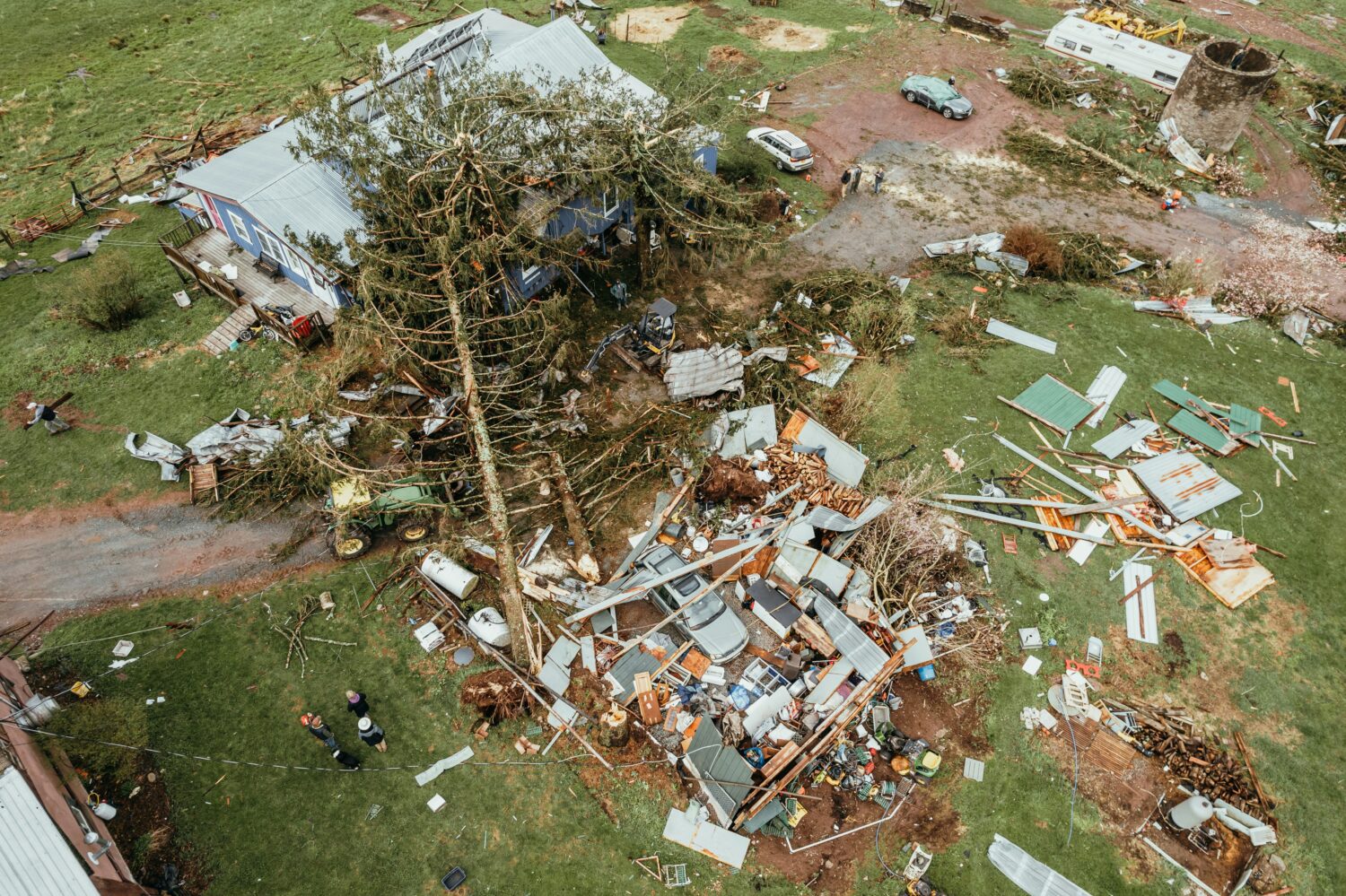The consequences of climate change, nature loss, and other changes to the Earth system will impact societies’ ability to tackle the causes of these problems. There are extensive agendas of study and action on the risks resulting from changes in the Earth system. These consider the failure to realise rapid sustainability transitions to date (“physical risk”) and the risks resulting from these transitions going forward (“transition risk”). Yet there is no established agenda on the risks to sustainability transitions from both physical and transition risks and their knock-on consequences. In response, we develop a conceptual socio-ecological systems model that explores how the escalating consequences of changes in the Earth system impacts the ability of societies to undertake work on environmental action that, in turn, re-stabilises natural systems. On one hand, these consequences can spur processes of political, economic, and social change that could accelerate the growth in work done, as societies respond constructively to tackle the causes of a less stable world. Conversely, escalating demands to manage increasingly chaotic conditions could divert work and political support from environmental action, deepening changes in the Earth system. If the latter dynamic dominates over the former, the chance is increased of passing a planetary threshold over which human agency to re-stabilise the natural world is severely impaired. We term this “derailment risk”: the risk that the journey to bring the world back into a safe operating space is derailed by interacting biophysical and socio-economic factors. We use a case study of a climate tipping element – the collapse of the Atlantic Meridional Overturning Circulation (AMOC) – to illustrate derailment risk. A range of policy responses can identify and mitigate derailment risk, including transformational adaptation. Acting on derailment risk is a critical requirement for accelerating the re-stabilisation of Earth system elements and avoiding catastrophic outcomes.
Laurie Laybourn, et al.
Read full article by Laurie Laybourn, et al. in Earth Systems Dynamics





